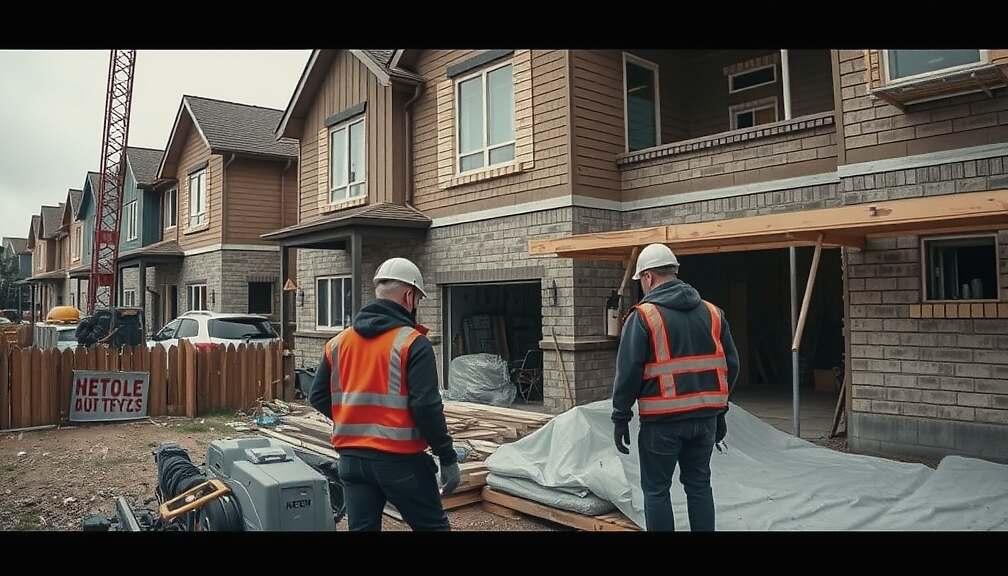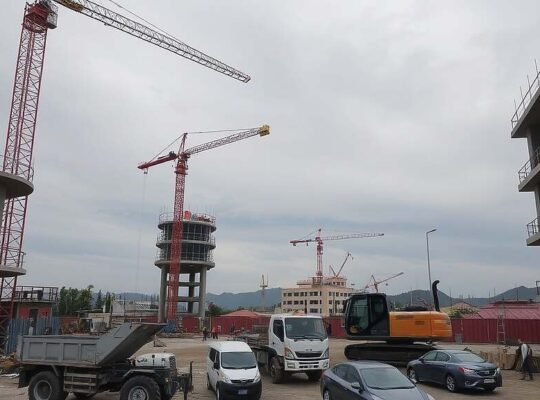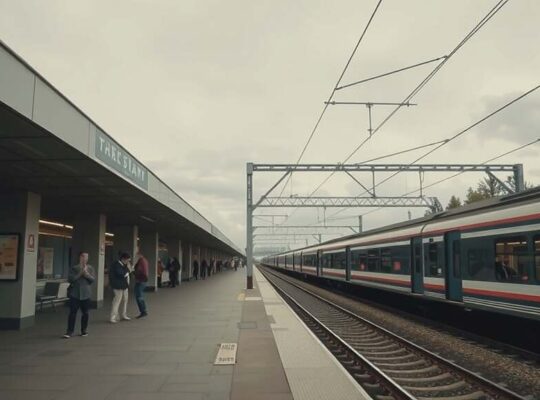Persistent Inflationary Pressures Impact German Construction Sector
New data released Friday by the Federal Statistical Office (Destatis) reveals a continued upward trend in construction costs across Germany, raising concerns about affordability and potentially hindering the nation’s ambitious housing and infrastructure goals. Prices for newly constructed conventional residential buildings rose by 3.1 percent in August 2025 compared to the same period in 2024, a slight deceleration from the 3.2 percent increase observed in May but still indicative of persistent inflationary pressures.
The incremental monthly rise, with construction costs edging up 0.5 percent between May and August 2025, reflects a broader cost escalation impacting various stages of building projects. Raw construction work on residential buildings experienced a 2.2 percent price increase year-on-year, largely driven by increases in concrete and masonry work – key components of the overall residential construction index. While costs for concrete work rose modestly by 1.2 percent, masonry saw a more substantial increase of 1.3 percent. Notably, roofing (4.4 percent), earthworks (3.1 percent) and timber and carpentry (4.7 percent) saw particularly significant price jumps.
The upward trajectory is further accentuated by rising costs for finishing and installation work, which were 3.6 percent higher in August 2025 compared to August 2024. The escalating price of heating systems, including heat pumps and central water heaters, rose by a substantial 4.4 percent, highlighting the increased demand and supply chain vulnerabilities within the burgeoning green technology sector. Metallurgical work (1.9 percent) and the installation of electrical, security and IT systems (5.1 percent), alongside rising costs for thermal insulation composite systems (3.3 percent), further compound the affordability challenges.
The impact extends beyond residential buildings, with prices for newly constructed office buildings and commercial properties also experiencing a 3.3 percent increase. Although road construction costs saw a comparatively modest increase of 3.5 percent – the lowest rate since May 2021 – this marginal improvement doesn’t alleviate the overarching trend impacting the construction sector.
These sustained price increases are likely to fuel a debate regarding the effectiveness of government initiatives aimed at boosting housing affordability and infrastructure development. Critics argue that the current inflationary environment is undermining efforts to meet the nation’s pressing housing shortage and modernizing its infrastructure. There are growing calls for a comprehensive review of procurement policies, supply chain resilience strategies and potential incentives to mitigate the impact on consumers and developers alike. The data further underscores the fragility of Germany’s construction-dependent economy and the ongoing need for careful monitoring of global economic conditions and their effect on domestic building costs.












